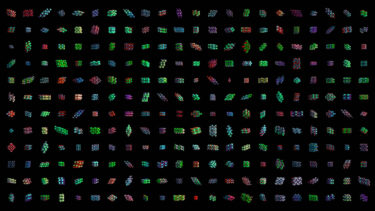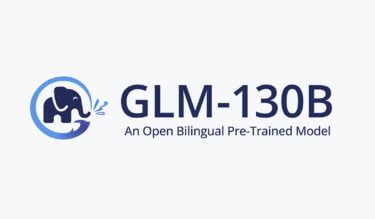The Californian organization Earth Species Project wants to decipher the language of animals. Artificial intelligence is supposed to make this possible.
The Earth Species Project (ESP) relies on open source. It is a non-profit organization founded in 2017, funded in part by donations from LinkedIn co-founder Reid Hoffman. The organization's central concern is decoding non-human language.
The ten-person team believes that understanding non-human languages will deepen our connection to other species and strengthen our ability to protect them, and thus positively change our ecological footprint. ESP aims to achieve its goal in our lifetime. Along the way, it also wants to develop other technologies that are already helping biology and conservation.
Earth Species Project focuses on large-scale language models
If ESP has its way, artificial intelligence will enable the understanding of non-human language. Using machine learning to analyze communication and other behaviors in the animal kingdom is not new. A research group led by the University of Copenhagen demonstrated an AI system that analyzes pig grunts. Project CETI aims to translate sperm whale calls. DeepSqueak helps understand the calls of mice and rats.
The ESP team has set its sights much higher. It's not about decoding the communication of a single species, but of all species. "We are species agnostic," says Aza Raskin, co-founder of ESP. "The tools we develop (...) can work across all biology, from worms to whales."
Raskin, his co-founders, and the team draw their inspiration from recent advances in natural language machine processing. Raskin cites work that has shown machine learning can translate between numerous languages, even without prior knowledge, as the motivating intuition for ESP.
Communication is a multitude of vectors in multidimensional space
Algorithms that geometrically represent words or word components in multiple dimensions form the basis of these successes. Distance and direction to other words in space thereby represent rudimentary semantic relations of individual words to each other. In 2017, several publications showed that translations can be generated by superimposing the geometric representations of two languages.
Another advance was made, for example, in a 2018 paper from Facebook's AI Lab. The team combined self-supervised training with back-translations. They achieved high translation quality without prior knowledge, by the standards of the time.
Today, giant language models translate up to 200 languages simultaneously, such as Meta's NLLB-200. The ESP team wants to enable such representations for animal communication, both for single species and for numerous species simultaneously.
According to Raskin, this should also include non-verbal forms of communication such as bee dances. Such large-scale models could then be used to investigate, for example, whether there is overlap in geometric representations between humans and other creatures.
"I don't know which will be more incredible - the parts where shapes overlap and we can directly communicate or translate, or the parts where we can't," Raskin said.
AI can help take off the human glasses
Raskin compares the journey to such a model to the journey to the moon - the road will be long and hard. Along the way, meanwhile, there would be many other problems to solve, and ESP has some ideas about how they plan to tackle them.
In a recently published paper, for example, the team looks at the "cocktail party problem." This is basically about identifying individual voices in a social environment. Google, Meta and Amazon, for example, use AI solutions to this problem to better recognize voice input for their digital assistants.
The cocktail party problem also exists in the study of non-human communication, the team says. In their work, they provide an AI algorithm that can isolate individual animal voices in a natural soundscape.
In another project, an AI system generates random humpback whale calls and analyzes how they respond. The goal is to develop a system that learns to distinguish random changes from semantically meaningful ones. This brings us a step closer to understanding humpback whale calls, Raskin believes.
Yet another project will involve a self-supervised learning AI system learning the song repertoire of the Hawaiian crow, while another will use so-called ethograms to record all possible behavior patterns, their frequency, and general conditions for a species.
Will AI alone ultimately be enough to enable communication with other species? Raskin believes that AI will at least bring us a big step closer. Many species communicate in much more complex ways than previously thought. AI could help gather enough data and analyze it on a large scale, he said. Eventually, we might be able to take off our human glasses and understand entire communication systems, Raskin said.







